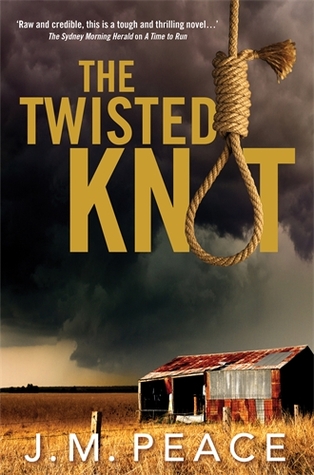Pan Macmillan Australia
2016
Reviewer: Kerry James
Synopsis
fter her abduction and near death at the hands of a sadistic killer, Constable Samantha Willis is back in the uniform. Despite being on desk duty, rumours reach Sammi that someone in Angel’s Crossing has been hurting little girls, and before long a mob is gathering to make sure justice is served.
So when a man is found hanging in his shed, the locals assume the pedophile has finally given into his guilt. That is, until Sammi delves further into the death and uncovers a dark family secret, an unsolved crime and a town desperate for vengeance.
Review by Kerry James
At first this novel comes through as another police procedural, although much better informed than most with reams of the most natural dialogue from the officers. This is hardly surprising since the writer is a serving police officer with an obvious passion for her work and a desire to write about it. The ease with which she speaks about the world of Queensland policing would be difficult to achieve by an outsider no matter how much research she did.
The slow start perhaps was exacerbated by the jumping to and from various characters in short chapters. These chapters did set up the situation of a young female uniformed officer, who has earlier had a traumatic escape from a sadistic serial killer and is trying to overcome the hurdle of getting back into active duty. She gets some flack from male officers, and is also under pressure from her partner who wants to join the force, she suspects, to protect her. The varying attitudes of her colleagues at the Angel’s Crossing Police Station towards her and their work and positions in the force are pitched with a deadly precision.
Among the opening scenes’ voices are also those of a paedophile, who is not identified but who molested a young girl many years previously, and the victim. The victim committed suicide when a young woman. All this would be fairly stock too, but the novel began really to come alive for me in the tortured misery of the victim’s mother and grandmother and their insistence that it is happening all over again in the community. The story turns into a riff on the motives for and nature of vigilantism, the fierce nature of a mother’s love and need to protect her young, which men may not feel to near the same extent, the unbearable shame of failing in that vow and duty of protection, and, finally, the sisterhood of mothers, and, indeed, of all women who share an understanding of the appalling betrayal of trust and the damage to children that abuse within families entails. What could constitute a proper retribution for offenders?
‘…[like] women who were abused by their husbands and found the courage, and the means, to kill them. It was self-defence for every defenceless child. It wasn’t revenge or even punishment. It was doing the job the legal system should be doing. It was justice.’ (p.256).
These are sombre and heartfelt reflections from a woman police officer who sees all sides, and tells it as it is, but nevertheless has the job of enforcing the law. This crime novel becomes only more moving as it considers what the crime is. Highly recommended.
